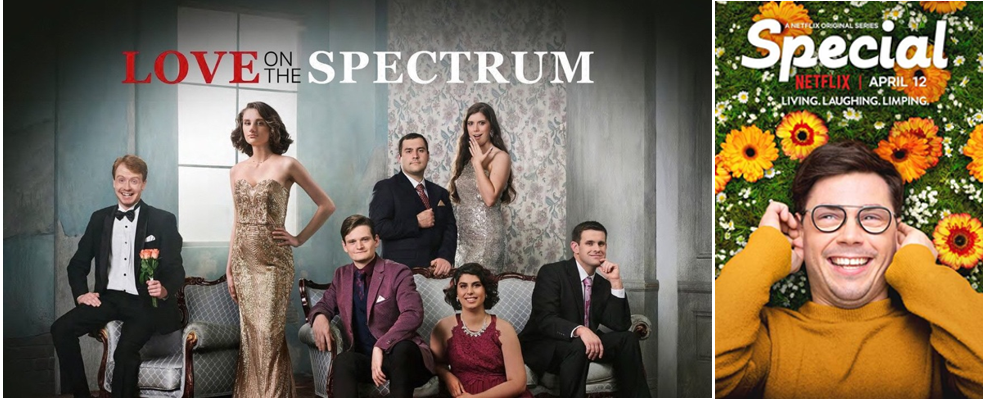Home » Resources » How to Be More Accessible to People Living with Cognitive & Motor Impairments
How to Be More Accessible to People Living with Cognitive & Motor Impairments
- December 7, 2022
- Written by cheni vega
Invisible Disabilities
There are many different types of disabilities – and not all of them are visible. An invisible disability is a disability which may not be noticed by simply looking at someone. Many cognitive disabilities are invisible, while motor disabilities are more likely to be visible. Despite those with cognitive and motor impairments being mostly underrepresented in media and advertising, we’ll share a few examples from brands and Hollywood producers on the cutting edge of inclusion and accessibility.

Cognitive Impairments
Let’s start with cognitive disabilities, which describe when a person has trouble remembering, learning new things, concentrating, or making decisions that affect their everyday life. A few examples include Autism and Down syndrome, as well as ADHD and dyslexia. Cognitive disabilities can appear on a spectrum, so some individuals may be more neuro-divergent or neuro-typical than others. There are several easy strategies for marketers looking to enhance accessibility. For some neuro-divergent people, images and emoji can help convey emotion. For people with dyslexia or learning disabilities, ensure you use clear and concise language. It is also a best practice to avoid offensive language like ‘mentally handicapped’ and instead say ‘learning disability’.
Motor Impairments
Unlike cognitive impairments, motor impairments are often visible disabilities. Having a motor impairment means having total loss of function of a body part, which may result in muscle weakness, stamina loss, lack of muscle control, or paralysis. Types of motor impairments include cerebral palsy, muscular dystrophy and multiple sclerosis. People with motor disabilities may use wheelchairs, but not always. One strategy to be more inclusive that goes along way ensuring proper terminology – for example, never say “wheelchair bound,” but rather try “wheelchair user.” Other good practices to enhance accessibility for people with motor disabilities includes optimizing websites with fewer actions that require keypresses, ensuring search feature is easy to find, as well as making in-person activations, shoots, and venues wheelchair accessible. Finally, some companies that have made successful strides towards being more inclusive to people with motor impairments include clothing brand Asos, which offers a wheelchair-friendly jumpsuit, Pottery Barn, which launched an accessible line of furniture, and Toyota who’s 2018 Super Bowl commercial ‘Good Odds’ followed the journey of Lauren Woolstencroft who despite being born missing her left arm below the elbow as well as both legs below the knees has won 8 gold medals.

Representation in Media
Recently, we’ve also seen incredible strides in content creation that captures the daily lives of people with cognitive and motor disabilities in fun yet respectful ways. For example, a Netflix series titled ‘Special,’ which follows the life of a man with cerebral palsy. Netflix also launched a series that follows the love lives of autistic adults called ‘Love on the Spectrum’. These shows normalize living with disabilities, reinforcing the deeper human insight that we all want to find a significant other or fall in love. Similarly, in the 2021 children’s movie Luca, a sea monster who transforms into human form builds a friendship with a young girl on land whose father was born without an arm. Inclusive content for children helps them understand that people come in all shapes and sizes. Finally, Nike has created a wealth of branded content based on its contract with runner Justin Gallegos, making him the first professional athlete with cerebral palsy.

If you are an advertiser looking to be more inclusive and who wants to make the marketing fun for everyone, be sure to stay on the lookout for the final entry on this topic which will summarize and highlight the most important takeaways on accessibility for people living with disabilities.
RELATED: How to Be More Accessible to People Living with Disabilities – Conclusion
If you missed the introductory post, you can find the link here.
We at PACO are incorporating these learnings into our work with our clients. Contact us for help on how you can be more inclusive in your marketing strategy.











